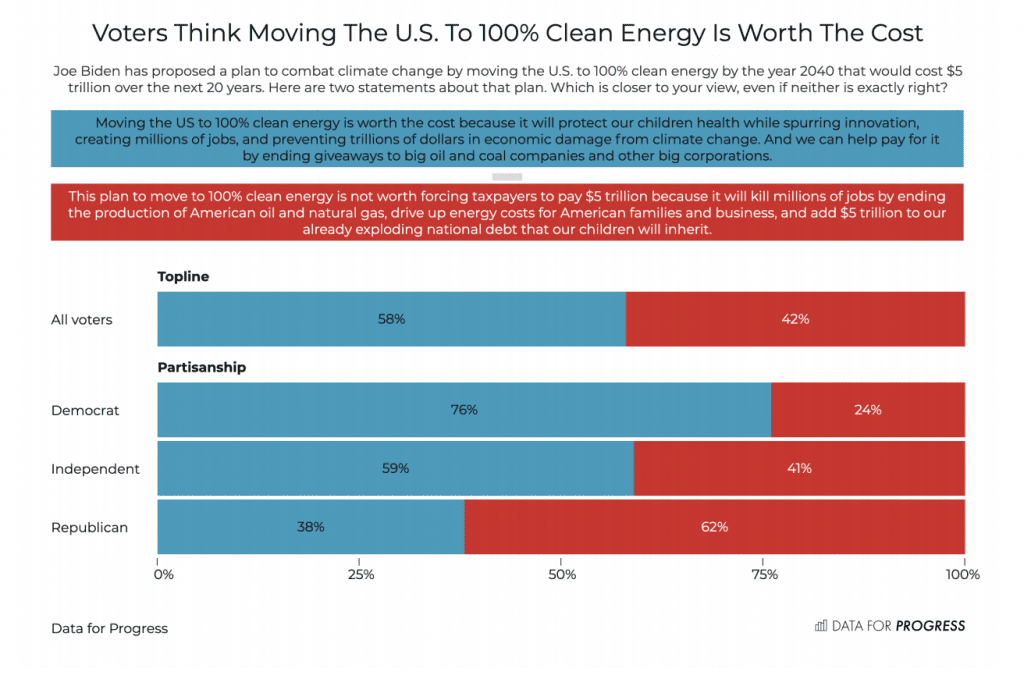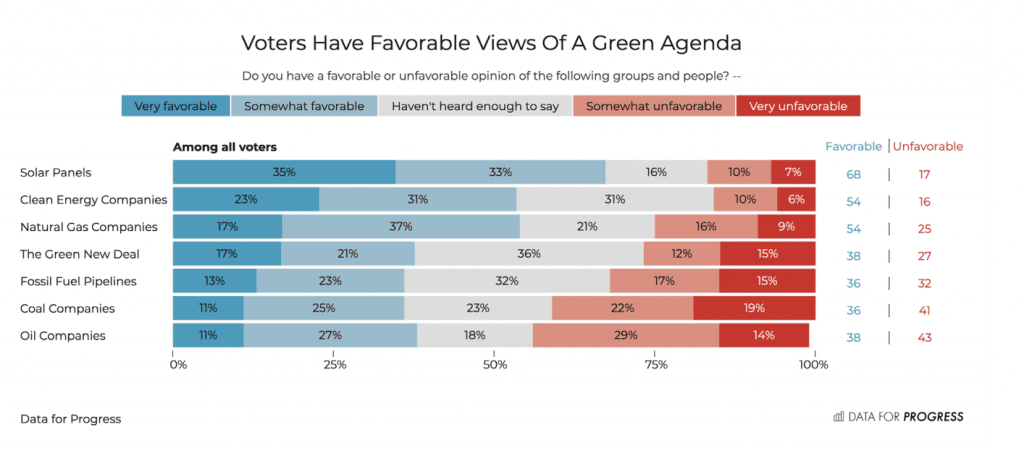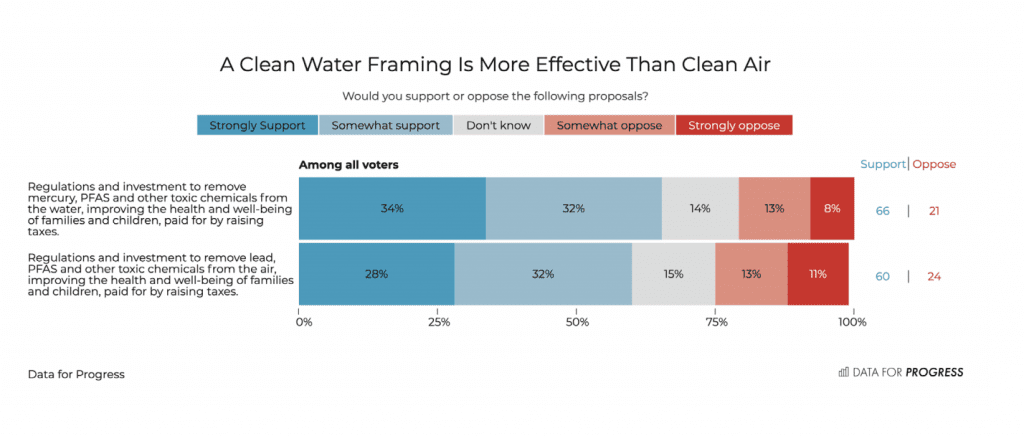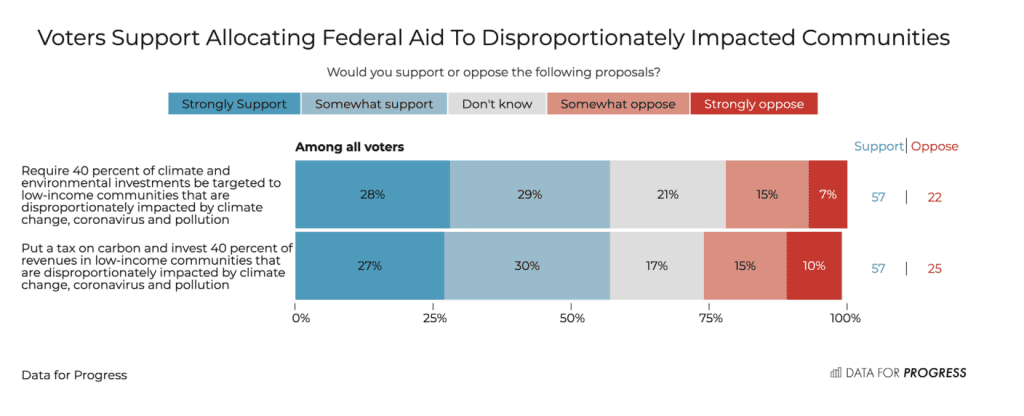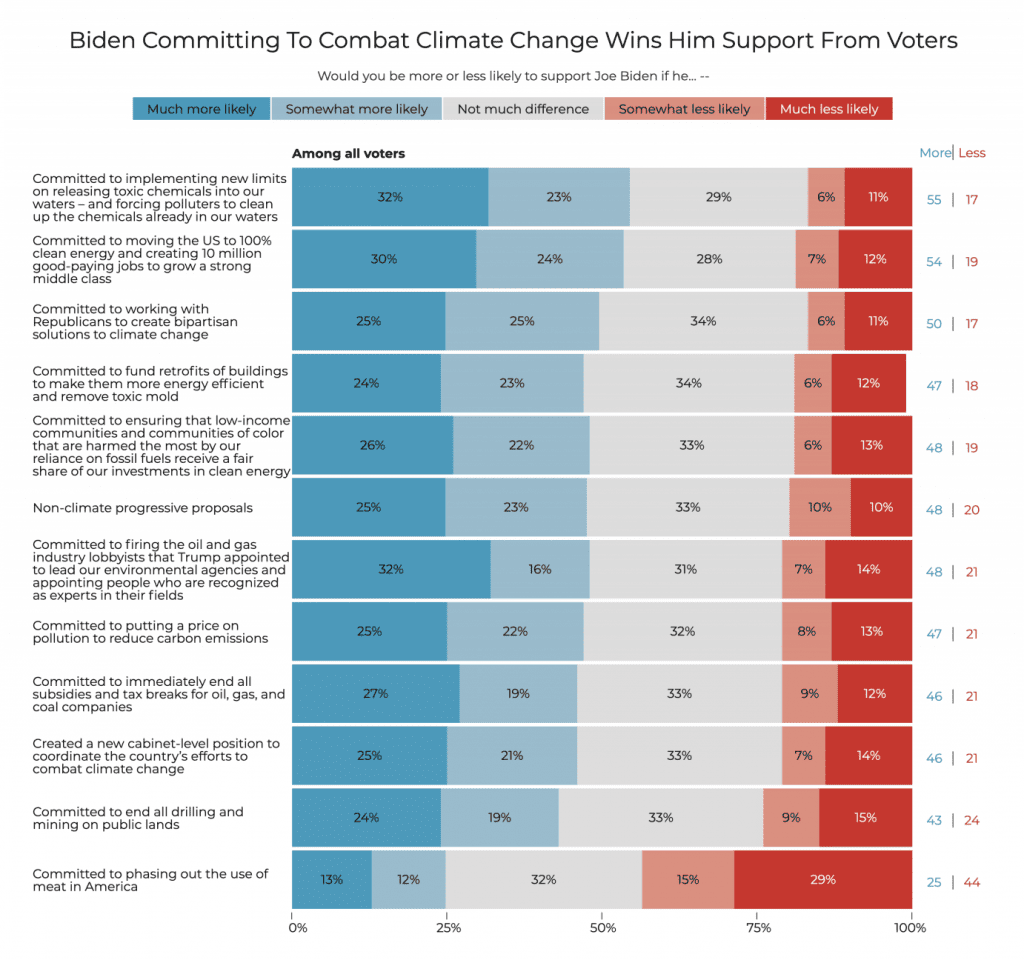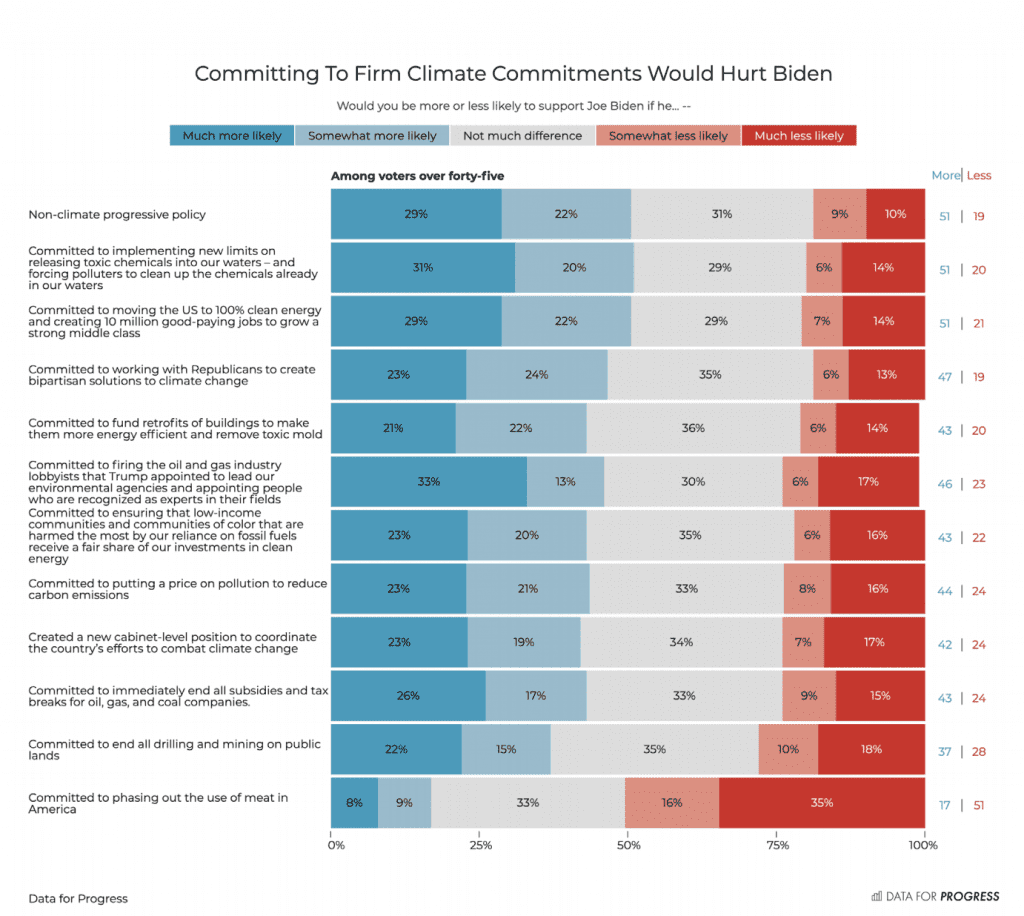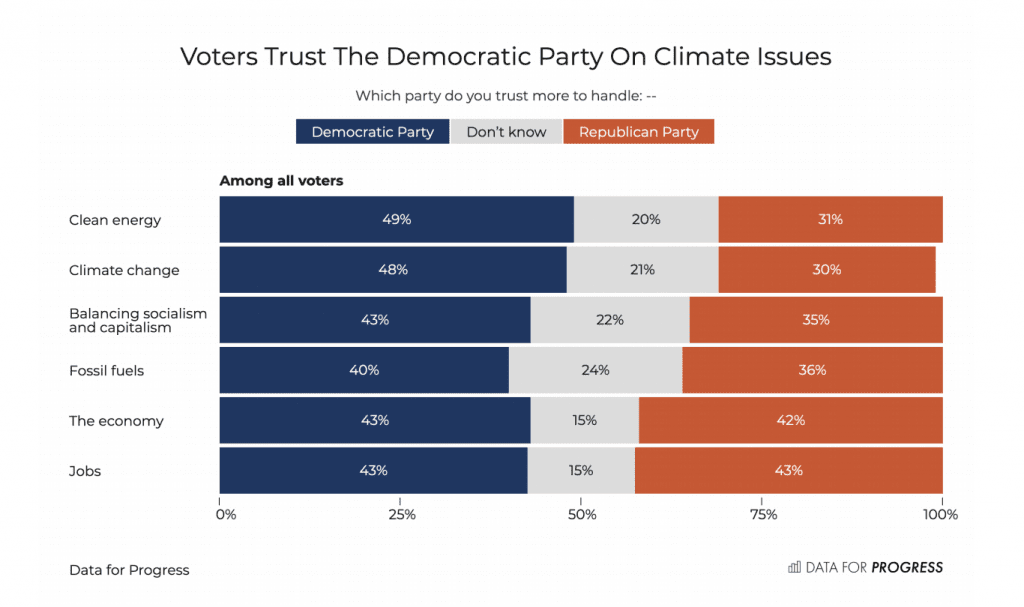
Kate Aronoff
…presented at the Bennington Polanyi conference (her presentation starts about 5 mins. in):
Feedback loops, climate science, beyond the threshold
U Turn, Reforestation, Off fossil fuels
“Price of destruction” using the DICE model doesn’t do true cost
And is optimistic, deceptive, political,
People are too afraid of Green New Deal
Janet Yellin thought this would suffice
Climate Leadership Council (founding members include oil and gas cos) which exempts them from greenhouse gas regulations but $45 a ton)
She thinks this is not at all the way to solve climate change
***
Revisiting the social cost of carbon
William D. Nordhaus
The most important single economic concept in the economics of climate change is the social cost of carbon (SCC). This term designates the economic cost caused by an additional ton of carbon dioxide emissions or its equivalent. In a more precise definition, it is the change in the discounted value of economic welfare from an additional unit of CO2-equivalent emissions.
Carbon Tax Plans: How They Compare and Why Oil Giants Support One of Them
Green New Deal Roadmap
Transform to low carbon economy
- ENERGY AND TRANSPORT
- 100% renewable by 2035:
- All electricity consumed in America must be generated by renewable sources, including solar, wind, hydro, geothermal, sustainable biomass, and renewable natural gas, as well as clean sources such as nuclear and remaining fossil fuel with carbon capture.
- Zero net emissions by 2050
- The full U.S. economy can and must run on a mix of energy that is either zero-emission or 100 percent carbon capture by mid-century.[3] This includes residential, commercial, and industrial electricity; thermal energy; and transportation.
- 100% net-zero building standards by 2030
- 100% zero emission passenger vehicles by 2030
- 100% fossil-free transport by 2050
- To reach decarbonization goals, we must transition away quickly from the use of fossil fuels in aviation, heavy duty vehicles, and rail. Not everything can be electrified, meaning we must innovate and scale up the next generation of biofuels and carbon-neutral fuels.
- To reach decarbonization goals, we must transition away quickly from the use of fossil fuels in aviation, heavy duty vehicles, and rail. Not everything can be electrified, meaning we must innovate and scale up the next generation of biofuels and carbon-neutral fuels.
- AIR AND WATER
- National clean air attainment
- Cut methane leakage 50% by 2025
- Lead pipe replacement, infrastructure upgrades
- Guaranteed access to affordable drinking water
- Protect waterways
- LANDSCAPE PROTECTION
- Reforest 40 million acres of private and public land by 2035
- Restore 5 million acres of wetlands by 2040
- Expand sustainable farming and soil to 30% of Ag Land by 2030 and 70% of Ag Land by 2050
- Clean up brownfields and hazardous sites
- URBAN SUSTAINABILITY AND RESILIENCE
- Establish a national fund for urban and rural sustainability and resilience
- Cities and communities across America need to upgrade their infrastructure now to withstand the effects of climate change, including extreme heat, increased rain and snow, sea level rise, and extreme weather. A national adaptation fund, and analogous funds at the state and local level, could support investments in urban and rural stormwater management, green infrastructure, community hardening, and disaster preparedness. This fund will supplement the expansion of existing infrastructure and urban planning grant programs for sustainable communities and smart growth.
- Expand public green space and recreational lands and waters
- Modernize urban mobility and mass transit
- WASTE
- Zero waste by 2040
- Methane waste capture 50% by 2040
“The jobs of the future are green jobs:
In 2017, there were 800,000 Americans employed in low- carbon emission generation technologies, and 2.25 million employed in energy efficiency. This compares to only 92,000 for coal-fired generation.[35]
Solar jobs have grown 168 percent over the past seven years, and wind turbine technician is one of the fastest growing jobs in America.[36],[37]
One study estimates that spending 2 percent of annual GDP on the green economy could create over 15 million green jobs in 5 years.[38]” LINK
GREEN NEW DEAL ACHIEVES JOB GROWTH IN THREE WAYS:
- Private sector growth
- A Green New Deal will produce immense demand for new goods and services that the private sector can provide. This includes clean energy technology, energy efficient goods and appliance installation services, zero-emission vehicles and charging infrastructure, building construction and retrofits, environmental remediation and restoration, agriculture, forestry, tourism, and recreation—to name some. A Green New Deal creates signals that encourages private capital to move into these new and expanding markets, and new businesses will generate demand for more workers. This also means reinstating the Bureau of Labor Statistics’ Green Jobs Initiative for accurate tracking of green job growth.
- Workforce development and job training
- mismatch between the number of green jobs required under a Green New Deal and the current availability of skilled labor in the market. That is why a key component of the Green New Deal is workforce development and job training to implement the priorities in each sector and provide Americans access to full-time, sustainable employment in these fields.
- A Green New Deal will expand funding and programs that provide training, certification, and apprenticeships. Such programs help workers afford training that will increase their earning potential without taking on debt. They also reduce the burden on employers to find or train enough qualified workers.
- Green job guarantee
- A job guarantee is more than just the direct hiring of workers by the federal or state governments, and more than an entitlement program like unemployment insurance. A job guarantee is a legal right that obligates the federal government to provide a job for anyone who asks for one and to pay them a livable wage. The more states and communities that participate in a federal job guarantee, the more public works projects can be completed across the country.
- A Green New Deal requires a massive workforce for the construction, operations, and administration of projects, and a federal job guarantee program can ensure there are enough workers to meet that need.
Carbon tax vs Green New Deal (March 2019)
young activists want nothing short of a social and economic revolution. Their Green New Deal, while not yet fully formed, promises jobs and economic security as part of a drive to get greenhouse gas emissions to net zero. The moderates, hoping to win over Republicans in Congress, seek a market-based incentive in the form of a carbon tax plan. But key to energy industry support for their efforts is that any carbon pricing proposal also include protection from other regulations on emissions and immunity from climate lawsuits.
The proposal foresees the federal government spearheading projects to build climate resilience, to repair and upgrade the nation’s infrastructure, to deploy “smart grid” technology, to reduce emissions in manufacturing, farming and ranching, to overhaul transportation and more. Like the original New Deal of the 1930s, it would require many separate pieces of legislation. And it would be integrated with sweeping economic policy, including guaranteed jobs and health care for all Americans.
CCL – Citizens’ Climate Lobby and Climate Leadership Council have Carbon Tax plans.
Both would put an escalating tax on carbon-based fuels like gasoline and coal—costs that would be passed along to consumers at the gas pump and on their utility bills to encourage consumers and investors to choose cleaner energy. All the tax revenue collected would go back to American households in dividends, or monthly rebate checks. Both plans would include a border tax adjustment—an incentive for countries that trade with the United States to also act to cut carbon emissions.
But there are also differences.
The CCL plan would have a more sharply increasing tax, and it would keep in place many other measures to curb greenhouse gases. The legislation the establishment Climate Leadership Council wants to see introduced in the Senate would eliminate other regulations on greenhouse gases and set limits on climate lawsuits, provisions that are crucial to the energy industry’s support.
ExxonMobil has pledged $1 million and ConocoPhillips, $2 million, to the Climate Leadership Council’s political lobbying arm, Americans for Carbon Dividends. Former Senate Majority Leader Trent Lott, a Republican, and former Sen. John Breaux, a Louisiana Democrat, chair the lobbying effort.
Even the language of the Green New Deal resolution—the goal of achieving “net zero” greenhouse gas emissions—allows for continued fossil fuel use, if emissions are offset or captured. Nuclear, hydropower and fossil fuel with carbon capture are all included in one detailed roadmap for a Green New Deal developed by the movement’s supporters at the think tank Data for Progress.
The obvious nexus between the Green New Deal and a carbon tax plan is money. The Green New Deal will require a lot of it, and a per-ton tax on the 5.4 billion metric tons of carbon generated by the U.S. economy each year would generate a lot.
That’s not been lost on some Green New Deal supporters.
Ocasio-Cortez, however, has rejected the idea that Green New Dealers need to identify a funding source to pay for what she sees as much as a duty of the federal government as support of the military.
“Part of this really is examining the role of government and what government is for,” Ocasio-Cortez said.
On the other side, the industry-backed Americans for Carbon Dividends balks at the idea of using the revenue from its carbon tax proposal for anything but rebates returned to citizens. “That’s how you keep conservatives on board,” Costello said. “I think if you don’t lock that in, you are going to have everybody’s wish list become part of the sausage-making process here.”
More 2020 Research from Data for Progress
METHODOLOGY
From May 11 to May 14, 2020, Data for Progress
conducted a survey of 1,919 likely voters
nationally using web-panel respondents. The
sample was weighted to be representative of likely
voters by age, gender, education, urbanicity, race,
and voting history. The survey was conducted in
English. The margin of error is ± 2.2 percentage
points.
